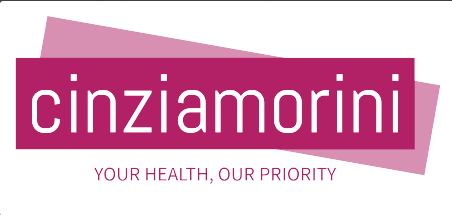
Summers are a time to bask in the sun and enjoy the warm weather with cool fruits and drinks. It is also a time to seek shade and fan yourself due to rising heat and grueling rays of the sun, in particular, the UV radiation. Protecting yourself from this predicament isn’t just to save your skin from tanning but also for ensuring long-term skin health.
The only way to do so is by consistently prioritizing a broad-spectrum sunscreen with SPF 50. If you too are looking to make the most of the season, then follow along as we detail the science behind SPF 50 and why it is an integral element that can potentially save your skin from hyperpigmentation.
What is SPF: Does Its Rating Have to Be 50?
SPF or sun protection factor, is a measure that calculates how well a sunscreen can protect your skin from UVB radiation and sunburn. There is a lot of misconception about the degree of SPF (15-50) one should use to block the effects of the sun’s rays on the skin. It is believed that one can extend the wear of the sunscreen based on the SPF rating; however, it can’t be further from the truth.
SPF 30 will not give you 30 hours of UV protection; it just means that it will provide you with a higher rate of protection than one with a lower rating for a set amount of time. The rate and intensity at which the UV radiation affects the skin are determined by a range of different factors. These can include the amount of solar energy, the time of the exposure, the intensity, skin type, amount of sunscreen, geographical location and the frequency at which sunscreen is re-applied on the skin.
Hence, opting for a broad-spectrum SPF 50 sunscreen and diligently reapplying it can truly benefit one’s skin, protecting against sunburn, disorders and even cancer.
The Benefits of SPF 50 Sunscreen
Including SPF 50 sunscreen in your daily skincare routine can be just the thing your skin needs this summer. Let’s explore some benefits of SPF 50 sunscreen to help make the switch easier:
Delivers UVB protection: The SPF rating on a bottle of sunscreen should be seen as an indicator of UVB protection. An SPF 50 sunscreen can help potentially block about 98% of UVB rays, providing more protection than lower SPF sunscreen.
Prevention of Sunburn: Chronic exposure to UV rays can be incredibly damaging to the skin, leading to tanning and even sunburn in extreme cases. Opting for an SPF 50 sunscreen can help you reduce the chances of skin damage.
Protection against Hyperpigmentation: Sunscreen provides a layer of protection against exasperating skin inflammation and disorders due to unrelenting rays of the sun. Higher rating of the sunscreen with consistent reapplication, thereby reducing your risk of hyperpigmentation, melasma, and age spots.
Supports Sensitive Skin: Individuals with or prone to skin conditions, such as rosacea or melasma, can heavily benefit from sunscreen application. A broad-spectrum sunscreen with SPF 50 forms a protective barrier and minimizes irritation and flare-ups caused by UV exposure, helping to protect sensitive skin from inflammation and discoloration.
Choosing the Right SPF 50 Sunscreen for Summer
There are several factors that need to be considered before selecting an SPF 50 sunscreen. One must look at the ingredients, broad-spectrum protection, re-application ability, and formulation. Here’s to pick:
- Individuals with sensitive or dry skin should look at hydrating formulations with soothing ingredients such as licorice root along with UVA and UVB filters to best support their skin. A fast-absorbing formula that you can try is Eucerin Sun Face Hydro Protect Ultra-Light Fluid SPF50+.
- If you have an oily skin type, then you need a non-comedogenic sunscreen that also regulates sebum production. Gel-based formulas like the Eucerin Sun Face Oil Control Gel-Cream SPF50+ fit the bill perfectly, delivering a 12h anti-shine effect in peak summer.
- For individuals looking at sunscreen as a treatment option to further reduce signs of hyperpigmentation, products such as Eucerin Sun Face Pigment Control Fluid SPF50+ can be your go-to. Such formulations not only have a high UVA & UVB rating with SPF 50+, they also include Thiamidol and Glycyrrhetinic Acid to further target dark spots and inflammation.
Conclusion
During the summer months, when the sun is at its peak, sunscreen with SPF 50 is not simply a suggestion anymore. It is an active necessity that helps you not only target tanning, sunburn, and inflammation, but also lowers your risk of skin disorders such as hyperpigmentation, premature aging, and even cancer. Hence, choosing the right sunscreen for your needs can help you be proactive in reapplying it and staying radiant all summer.
